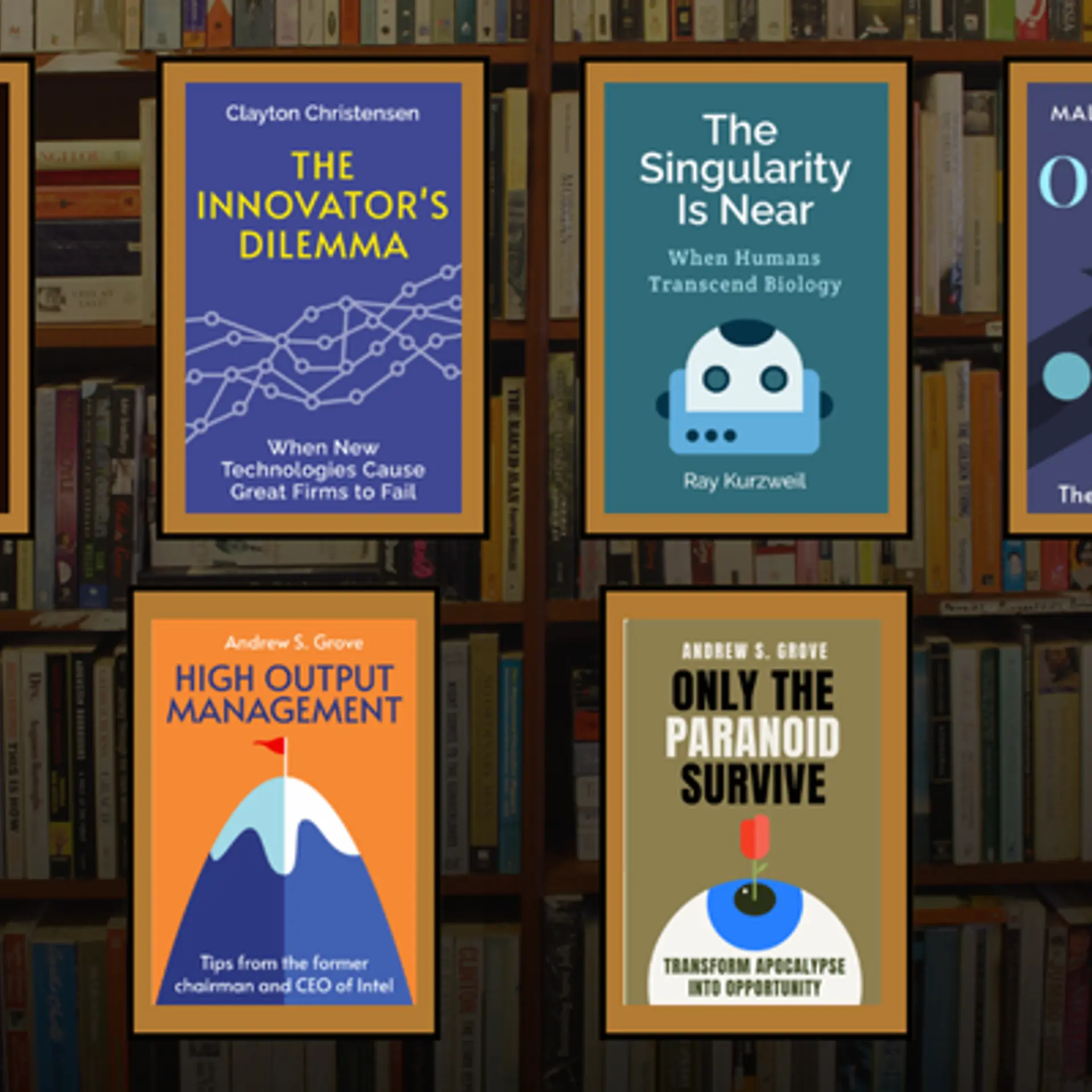Is technology innovation enough to improve the efficiency of healthcare delivery?
When India as a developed country stooped down towards digital healthcare innovation, it triggered the concern of whether technology intervention and digitisation can address the prevailing challenges. In order to address the demand of effective healthcare, India needs additional 1.5 million beds and three million doctors by 2034. According to the World Health Organization report, India has only 1.3 hospital beds per 1,000 people, significantly lower than the guideline of 3.5 beds.

While top hospitals and clinics in metro cities may boast of having cutting-edge technologies, semi-urban and rural areas are yet to fully leverage the potential of digital healthcare.
Currently, the key challenges with regard to healthcare penetration in semi-urban and rural areas are connectivity, acceptability, and cost. Therefore, companies (be it startup or large corporate) should focus on creating high and affordable healthcare products.
At the second digital healthcare conclave organised by Philips innovation Campus, Ravi Ramaswamy, Senior Director and Head (Health Systems) at Philips, said: “We have seen significant movement towards digital healthcare. Today, we are proud to say that we have 1,500 beds on a platform that brings in data connectivity on a critical care level to various hospitals. Most of the implementations happened in Tier II and III cities. We have started off with two centres for the deployment of mom and we are looking at opening 50 more centres. We possibly believe in the conviction that digital health is the only thing that we can take forward and ensure affordability and accessibility to the masses.”
Overcoming the challenges in telemedicine
Speaking on the same, Dr Rajesh Batra, CIO of Kokilaben Dhirubhai Ambani, highlighted that telemedicine as a concept is very exciting but the key challenges lie in implementation. For example, last mile connectivity remains a challenge and requires a lot of attention. Medical community is still lagging behind in terms of technology acceptance.
Innovation is the key to solutions
When it comes to addressing the healthcare needs across India, one cannot restrict the innovation and pricing of the products considering the affordability of the metro cities. Hospitals and clinics in small towns face a myriad of challenges owing to the lack of connectivity and equipment.
“People residing in small towns solely rely on the doctors’ opinion. The gap cannot be bridged with the technologies that are available at the top hospitals today. Startups need to address the issues broadly considering the key issues of rural areas like power fluctuation, poor internet connectivity, etc. It has to be self-controlled and massively scalable and affordable. One needs to make sure that innovation should deliver proper healthcare,” said Ravi Gururaj, Head of Product Council, NASSCOM.
Philips innovation Campus provided one solution in their IntelliSpace Consultative Critical Care (ICCC) solution service, which enables clinicians to connect and monitor multiple intensive care units from a central location. Trained healthcare providers and intensive care nurses stationed at the command centre can monitor the patients in the peripheral ICUs on a 24/7 basis.
Philips Innovation Campus now plans to make a significant reduction in the maternal mortality rate, with their latest innovation ‑ Mobile Obstetrical Monitoring (MoM). The project will monitor pregnant women for early high risk identification via a new telehealth solution. The Innovation Campus has also developed the Chest Pain Clinics. The clinics are aimed at enabling small hospitals and nursing homes to provide timely and quality “Emergency Cardiac Care”.
Philips digital solutions are focussed on improved workflow in hospitals, reduction of infrastructure costs by leveraging the cloud, point of care devices to help in faster and early diagnosis, appropriate applications, and remote monitoring that can help in extending the reach of doctors and specialists to areas where care was not available before.







